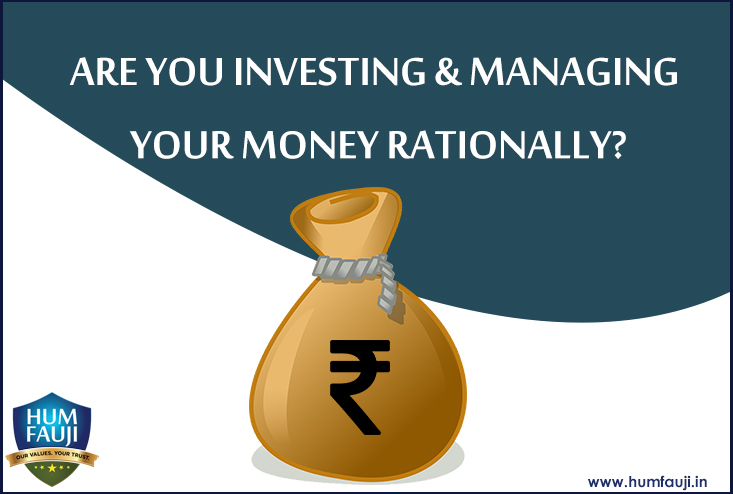20Apr
Are you ready for ITR Filing?
We’re ready to file your Income Tax Returns (ITR) for the Financial Year (F...21Feb
Are you still investing in Bank FDs?
If you are like most Indian investors, you would have a large part of......01Feb
Are you an Investor or a Collector of Investments
Very often, we have prospective financial planning customers walking into o...16Aug
Is financial Planning Only for the Rich?
Normally, it is assumed, erroneously of course, that getting a proper finan...01Jun
ITS TOMORROW THAT MATTERS
Prashant Jain is one of the most respected Mutual Fund managers in India. I...18May
Hope You do not Fall Prey to these Investment Myths
As a Financial Planner and an Investment Advisory firm, we come across quit...07Apr
ARE YOU INVESTING & MANAGING YOUR MONEY RATIONALLY?
Errors Investors Repeatedly Make in Choice of Investment and Timing Behavi...13Aug










